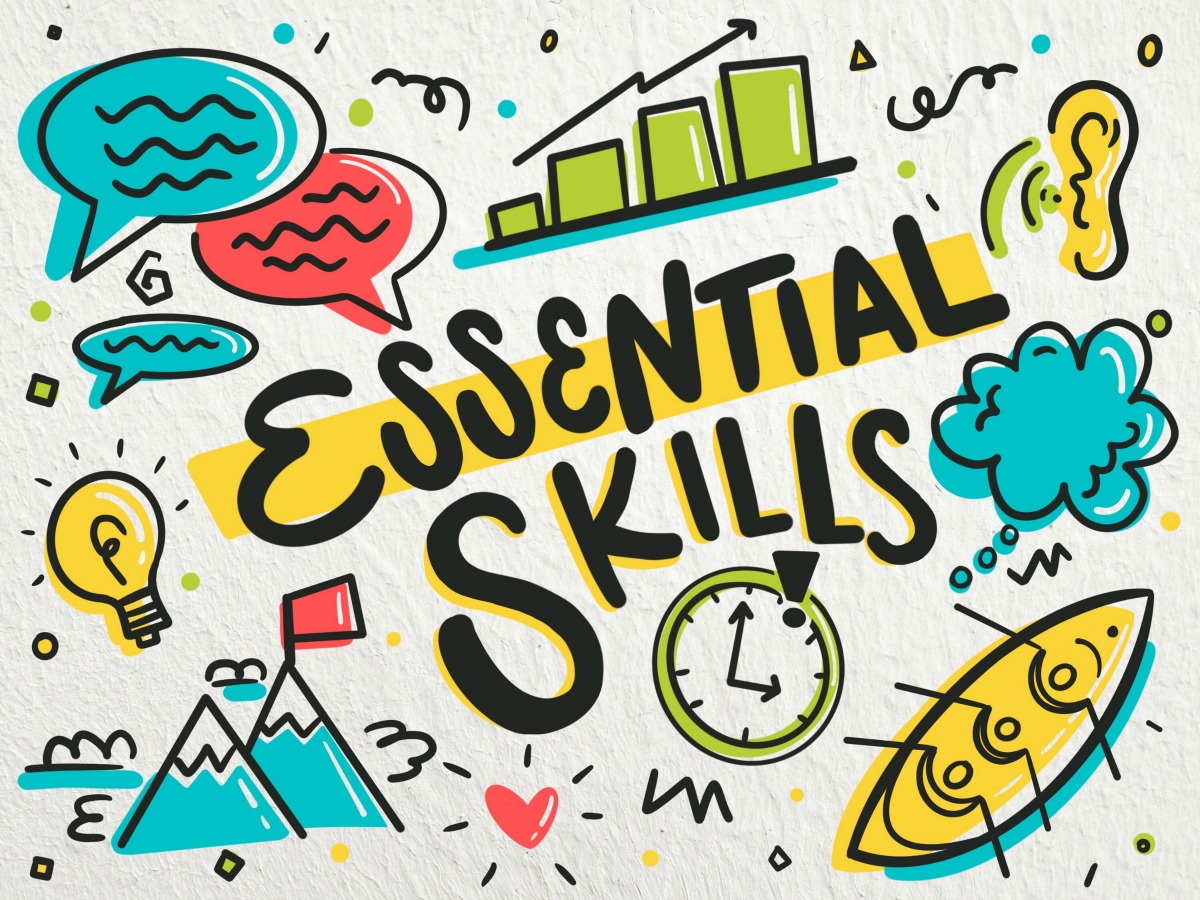
Education technology, commonly known as EdTech, refers to the use of digital tools, software, and technological processes to enhance teaching, learning, and educational administration. It represents the integration of technology into educational environments with the objective of improving learning outcomes, increasing access to quality education, and making instructional practices more efficient and engaging. EdTech encompasses a wide range of tools, including computers, tablets, learning management systems, online courses, interactive whiteboards, artificial intelligence–powered tutoring systems, and virtual or augmented reality applications. Because education is a foundational element of social and economic development, EdTech has become a powerful force for shaping how knowledge is delivered, consumed, and assessed around the world.
At its core, EdTech seeks to transform traditional teaching methods by offering innovative and flexible ways for learners to interact with information. In conventional classroom settings, learning often relied heavily on textbooks and face-to-face instruction. EdTech expands these boundaries by enabling multimedia learning experiences—such as videos, animations, simulations, and gamified activities—that can improve understanding and retention. For example, interactive simulations in science classes allow students to observe complex processes, such as chemical reactions or planetary motion, in ways that would be impossible or unsafe to replicate in a physical classroom. These technologies empower students to learn at their own pace, revisit difficult concepts, and receive immediate feedback.
Another important aspect of EdTech is its ability to personalize learning. Through adaptive learning systems and artificial intelligence, technology can analyze a learner’s progress, strengths, and areas of difficulty. Based on this data, the system adjusts the difficulty of tasks, recommends additional resources, or suggests individualized learning paths. This level of personalization helps address diverse learning needs, making education more inclusive and effective. Students who may struggle in traditional environments often benefit from these tailored approaches, while advanced learners can explore more challenging material without being held back by the pace of a class.
EdTech also plays a major role in expanding educational access. Online learning platforms and digital resources enable people from remote areas or disadvantaged backgrounds to access high-quality educational content. Massive Open Online Courses (MOOCs), virtual schools, and mobile learning apps make education available beyond the walls of classrooms and across national borders. This democratization of education reduces barriers related to geography, cost, and time. During periods of crisis—such as natural disasters or pandemics—EdTech has proven essential for ensuring continuity of learning when physical classrooms are inaccessible.
From an administrative perspective, EdTech streamlines tasks such as record-keeping, communication, and resource management. Digital attendance systems, online grading tools, and automated scheduling improve the efficiency of school operations. Teachers benefit from instructional support tools that help them design lessons, monitor student progress, and collaborate with peers. Parents can stay more informed through digital portals that provide updates on their children’s performance and school activities.
Despite its many advantages, the use of education technology also presents challenges. Issues such as unequal access to devices and internet connectivity, data privacy concerns, and the need for digital literacy can limit its effectiveness. Additionally, successful implementation requires proper training for educators so that technology enhances rather than complicates the learning process. When used without thoughtful planning, EdTech can become a distraction rather than a tool for meaningful learning.
In summary, education technology is a multifaceted and rapidly evolving field that reshapes how teaching and learning occur. By integrating digital tools into educational environments, EdTech enhances engagement, promotes personalized learning, expands access, and supports administrative efficiency. While challenges remain, the potential of EdTech to improve global education systems is immense, making it a critical component of modern learning.
- Teacher: Admin User
